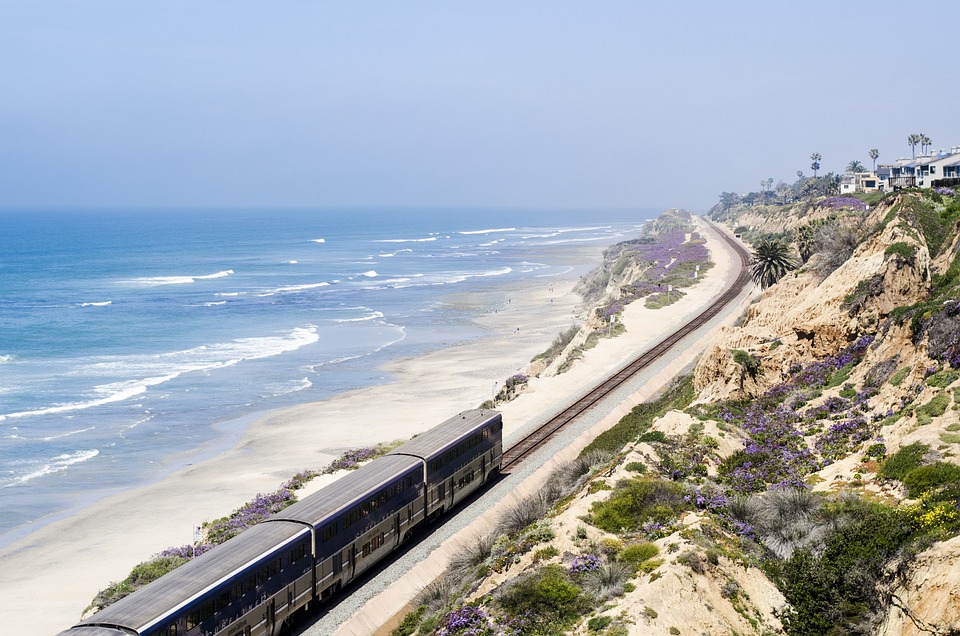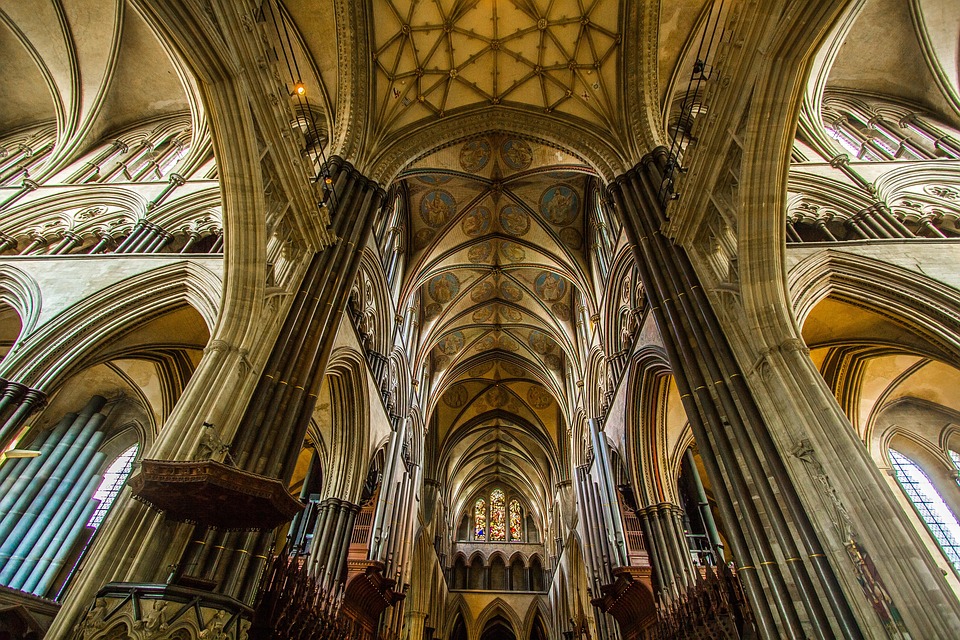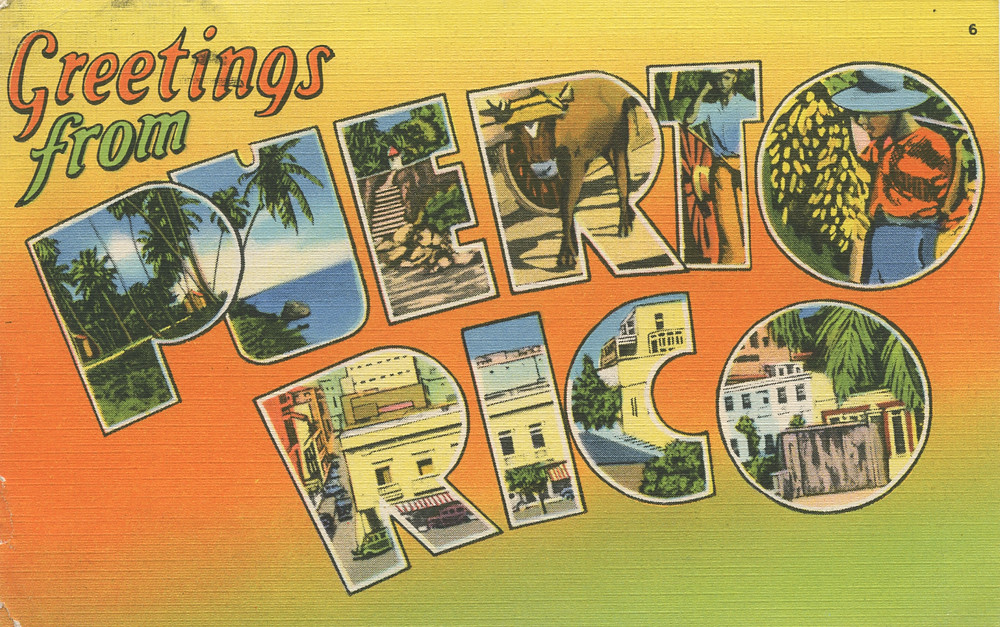WHY VISIT MALTA
Halfway between Latin tradition and oriental culture, Malta has a particularly rich history as can be seen from the many beautiful and fascinating vestiges scattered throughout the archipelago.
There is no doubt that will like the pretty town of La Valetta; Visit its fortifications dating from the XVI century, admire its palace and cathedrals, wander around its streets and relax in the gardens and don’t forget to visit the Grand Masters Palace Museum and St John’s Cathedral Museum with its tapestries and tombs.
A little to the west is Mdina, 3,000 years old and possessing some beautiful monuments, charming streets all set into a dominant position so offering magnificent views.
The temples at Hagiar Kim, in the south-west, were built around 3800 BC which makes them some of the oldest buildings on the planet. Sure to provoke awe when you see them, they are set in a magnificent site that benefits from a fantastic panoramic view.
Two less popular islands that definitely merit a detour are Gozo and Comino. Calm Gozo set in the hills has fascinating prehistoric and medieval monuments including the Victoria Citadel, Calypso’s Grotto where Ulysses rested and the attractive temple of Gjantija. Comino, small and serene, without cars and possessing one small hotel, does not seek tourism but prefers its tranquillity so making it ideal for activities such as swimming or hiking.
WHAT TO SEE IN MALTA
Top destinations in Malta are:
- Valletta
- Mdina
- Malta
- Gozo
- Mellieħa
- Marsaxlokk
- Xlendi
- Victoria
- Zurrieq
- St. Paul’s Bay
- Buġibba
- Comino
WHEN TO GO TO MALTA
Weather in Malta
The best period to visit Malta is from March to October.
| January | |
| February | |
| March | |
| April | |
| May | |
| June | |
| July | |
| August | |
| September | |
| October | |
| November | |
| December |
The Mediterranean in type, the climate in Malta offers winters that are warm, sunny and light with temperatures of around 15°C. Summers are hot and dry, although refreshed by the sea breeze temperatures can climb to 40°C in high season. It tends to rain sporadically between the months of November and February.
Spring and autumn are very pleasant with warm temperatures and lots of sunshine as well as warm sea temperatures so allowing bathing from April to October.
Following a list of typical festival and celebrations of Malta
- Alarms!. Six times per year, Fort St. Elmo gives you a very special impression of Malta’s history. The “Historical Re-enactment Group of Malta” reconstructs in loving detail the onslaught of the French under Napoleon (1798-1800). In a 50-minute play, the arrival of the French, the Maltese rebellion and the arrival of the English who helped beat the French, is being re-enacted in original costumes and with contemporary requisites. Cheap tickets are available at the Fort’s entry.
- Village Festivals. All year long, you can experience the history and tradition of Malta up close. Each village has its festival day. One week is dedicated to its particular patron saint, crowned by a huge party with many fireworks and a church parade the day after. The Maltese will gladly share this tradition with you!
- Carnival (February). Spring is the time for carnivals, and if you are up for a good party, then this celebration weekend will not disappoint you. The centre of festivities is Valletta, but there are similar parties in smaller towns. All over the island, you will find people in colourful costumes looking forward to the great parade. The party continues well into the night in Paceville! Don’t miss this colourful side of Malta!
- Easter Week (March). Easter is a big celebration in Malta. Churches are lavishly decorated and glow in the evenings. You shouldn’t miss the magnificent Easter church parades on Good Friday and Easter Sunday. Two famous parades take place on Good Friday in Qormi and on Good Friday and Easter Sunday in Vittoriosa. Many Maltese participate and re-enact Biblical scenes in costumes. On Easter Sunday in particular, a happy and exuberant atmosphere covers the island.
- Medieval Mdina (April). The Medieval Mdina Festival puts the entire city in an atmosphere from the Middle Ages, allowing visitors to travel back in time to the days of knighthood. Musicians play on the street corners and the entire city is decorated with flowers to spread a lovely feeling of spring. Museums, churches and other historic places are open to all visitors on this weekend.
- Malta International Fireworks Festival (April). The fireworks festival has a tradition in Malta. It is being attended by locals and tourists alike. Valletta’s Grand Harbour is the perfect setting for this event, during which the seventh anniversary of Malta’s EU membership is also being celebrated. The fireworks festival is the starting signal for many village parties all across Malta.
- Malta Music Week (June). The Malta Music Week marks the end of another scholastic year and the start to another fabulous summer ahead in Malta. The M.M.W is a week filled with parties in different locations and vibes for all. This is a truly magical week full of freedom and enjoyment.
- Isle of MTV Malta Special (June). The annual Isle of MTV event attracts more than 50,000 visitors each year. The musical spectacle includes a world-class line-up and offers a unique opportunity to hear the best, hottest musicians live and for free – right on the sunny Mediterranean island of Malta. It’s already clear: this will be one of the must-see music festivals in Europe once again.
Check out our blog post for more information. - L’Imnarja Summer Folk Festival (June). This festivity dates back even before the arrival of the Knights Hospitaller in 1530. Its name “L’Imnarja”, “Festival of Light”, has its origin in the many solstice fires that originally accompanied the festivities. Today, the party is located in Buskett Gardens: family and friends use this day for a picnic, wine is flowing and national delicacies, such as a traditional rabbit dish, are being served. In the evenings, singing, guitar playing and local folk music provide entertainment.
- The Malta Jazz and Rock Festival (July). Three Mediterranean nights full of international jazz in one unique, spectacular scenery beneath Valletta’s stronghold and in front of the great docks. Fans of Jazz will gladly use this chance to spend beautiful evenings with world-famous artists in July.
- The Farsons Great Beer Festival (July). At the Farsons Great Beer Festival in the small village of Ta’ Qali, it’s all about good music, good food and, of course, good beer. Several thousand visitors are expected to attend the free 10-day festival. The programme is filled with lots of entertainment and activities, and a large selection of bars offer food and drink. Numerous live performances featuring hot local musicians and bands can be enjoyed at the open-air stage.
- Malta Arts Festival (August). The Malta Arts Festival takes place every year and offers a wide variety of art, such as theatre, dance, music and painting. Enjoy a large selection of performances from renowned artists, both Maltese and international, in venues such as the Mediterranean Conference Centre, the MITP Theatre or the St. James Cavalier Centre for Creativity in Valletta. A selection of the presentations is even free of charge.
- Victory Day (September). The 8th of September is a very special holiday in Malta, as it encompasses three different events: the religious festival of the birth of the Holy Virgin Mary, the day that the siege of 1565 ended, and the day on which the Italian army was defeated by the British in the Second World War. The festivities take place in Senglea, Naxxar, Mellieha and Xaghra, on Gozo. Since 1878, the big harbour basin hosts a rowing regatta every year between six teams of Malta’s biggest harbour areas – a huge spectacle!
- Independence Day (September). Malta won its political independence from Great Britain in September 1964. During the night of 21 September, the Maltese flag was raised in the Independence Arena in Floriana, to the cheers of a huge crowd of people. Since then, many festivities and activities take place on every 21 September, to properly celebrate this day.
- Malta International Airshow (September). Held annually each September at the Malta International Airport, the Malta International Air Show, is one of Malta’s largest outdoor events and has gained the well-earned reputation as one of Malta’s top outdoor family activities and for tourists alike.
- Rolex Middle Sea Race (October). This year, the Rolex Middle Sea Race has its 33rd anniversary. From Valletta’s harbour, about 70 cruisers embark on a 606-sea-mile journey to pass the Strait of Messina along the eastern coast of Sicily. The trip continues around Stromboli, Favignana and Pantelleria on Sicily, and then back to Malta through Lampedusa. The different landscapes and textures of the sea make this race a particular challenge and attraction! The race will be held on the 22nd of October.
HOW TO REACH AND TRAVEL THROUGH MALTA
For inland travel, there are plenty of buses at a reasonable price. Taxis are fairly expensive although the car or moped rental is interesting.
by plane, the main airports are:
- Luqa – Gudja
- Xewkija (Heliport on Gozo Island)
by train, there are no operating railways in Malta.
by car
GENERAL INFORMATION ON MALTA
health tips & vaccination: none
local currency: European euro
local time zone: GMT+1 (+2)
electricity: type G (230 V – 50 Hz)
mobile phone operators:
WHAT TO DO IN MALTA
typical food in Malta
- Timpana: pasta with a Bolognese-style sauce baked in pastry.
- Bragioli: thin slices of steak rolled around a ground veal filling and covered in a tomato-based sauce.
- Fenek: rabbit stewed in wine.
- Pastizzi: ricotta or pea-filled savoury pastries.
- Lampuki pie: baked pastry derived from the popular lampuki fish.
- Kusksu: vegetable soup with small pasta beads called kusksu and fresh broad beans in season.
- Aljotta: fish soup with plenty of garlic, herbs, and tomatoes.
- Kawlata: cabbage and pork soup.
- Qara bali mimli: round pale green zucchini or courgettes stuffed with minced beef, cheese and parsley or with ricotta and grated sharp cheese.
- Mazzit: Maltese blood sausage.
- Kinnie: sparkling soft drink with a distinctive bitter orange flavour.
- Cisk lager: malta’s national beer.
- Bajtra: one of Malta’s traditional liqueurs, distilled from prickly pears.
- Soppa tal-arml: vegetable soup with eggs or ġbejniet(sheep or goat cheese) added.
- Torta tal-Lampuki: lampuki fish (a variety of sea bream) prepared in a dough with mostly cauliflower and spinach.
- Gagħaq tal-għasel: sweet pastry rings filled with a treacle mixture.
- Pudina tal-ħobż: baked bread pudding with raisins and cocoa powder.
- Kwareżimal: Lenten almond biscuit scented with the zest of orange, lemon and Maltese mixed spice, cinnamon and orange blossom.
- Laħam fuq il-fwar: steamed slices of beef.
- Falda Mimlija: stuffed flank of pork.
- Laħam taż-żiemel: stallion meat, usually fried or baked in a white wine sauce.
- Zalzett tal-Malti: a short, thick sausage made of pork, sea salt, black peppercorns, coriander seeds and parsley.
- Ftira tar-Randan: Lenten honey drizzled squares of crisp deep-fried pastry.
- Karamelli tal-ħarrub: Lenten hard candy flavoured with carob.
- Figolla: Easter icing-coated biscuit stuffed with a mixture of sweet ground almonds called intrita.
- Ħobża ta’ San Martin: sweet bread roll, sweetened with mastic associated with Saint Martin’s Day.
- Qagħaq tal-għasel or tal-Qastanija: Christmas sweet rings made from a light pastry with a filling made of treacle, honey, semolina, citrus zest, cinnamon and cloves.
- Għadam tal-mejtin: Pastry shaped in the form of a bone filled with almond paste.
souvenirs from Malta
- Gold jewellery
- Glass items
- Laces
- Knight of Malta figurine
- Brass door knockers in the form of dolphins or sea horses
- honey, nougat, Madliena (herb liqueur), wine
SIMPLE DICTIONARY
Hello: Bongu
Goodbye: ċaw ċaw
How are you?: Kif int?
Thank you: Grazzi
What is your name?: X’inhu l-isem tiegħek?
How much is it?: Kemm jiswa?
Sorry: Maaf
Source:
Source: http://www.thebesttimetovisit.com/
Source: http://www.roughguides.com/





















